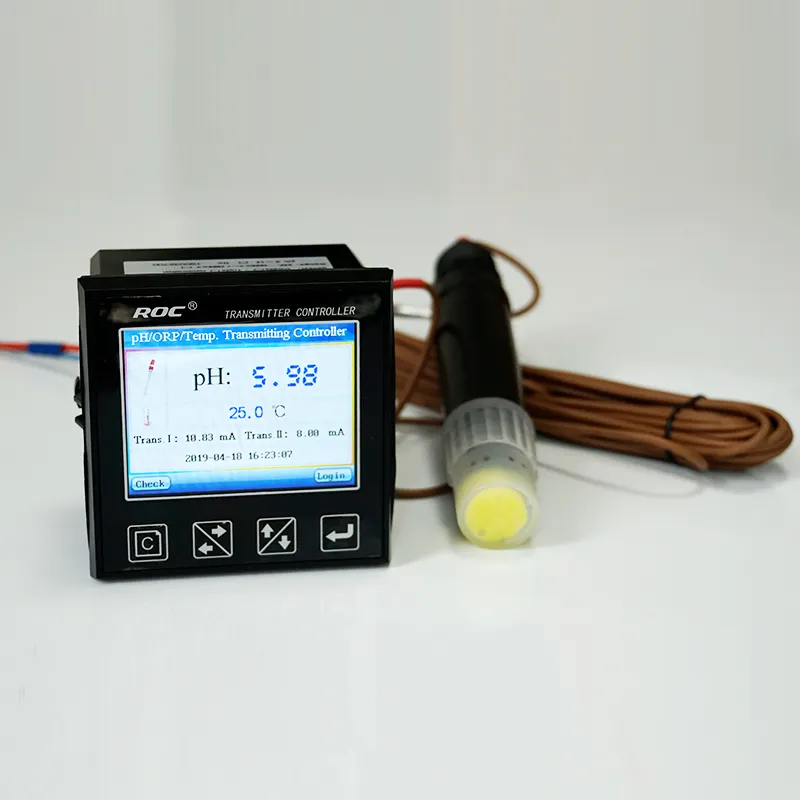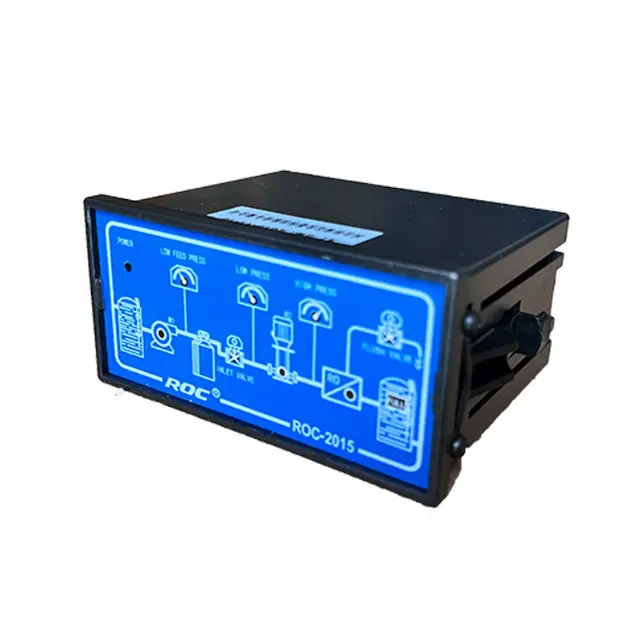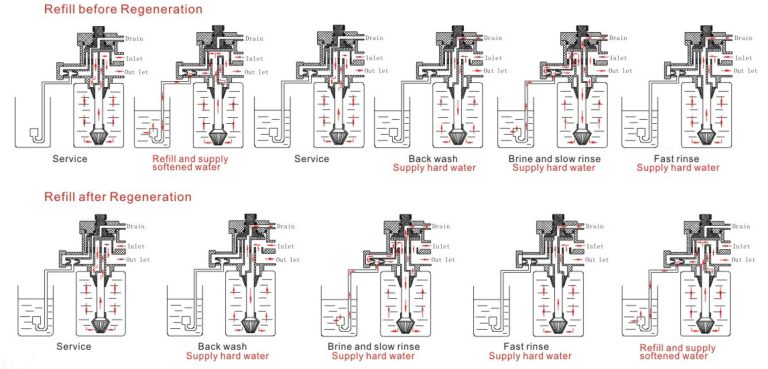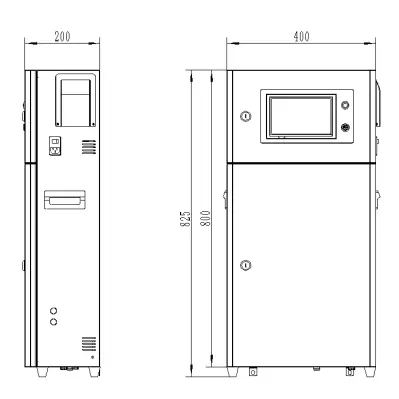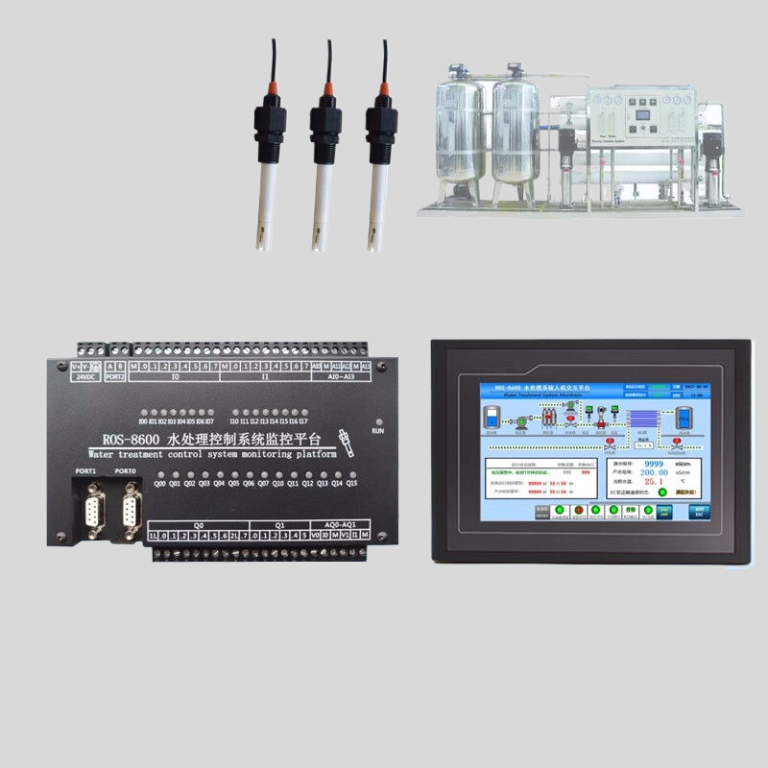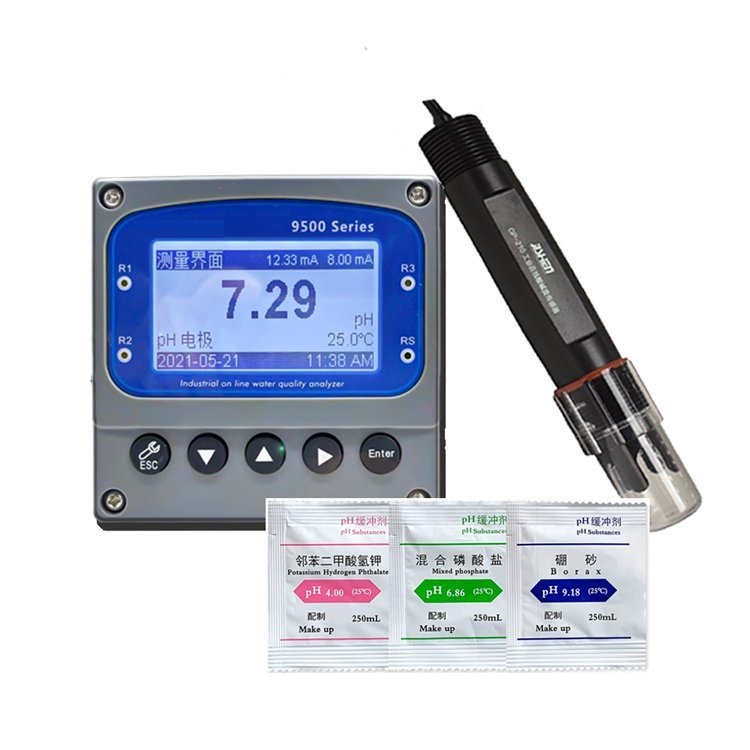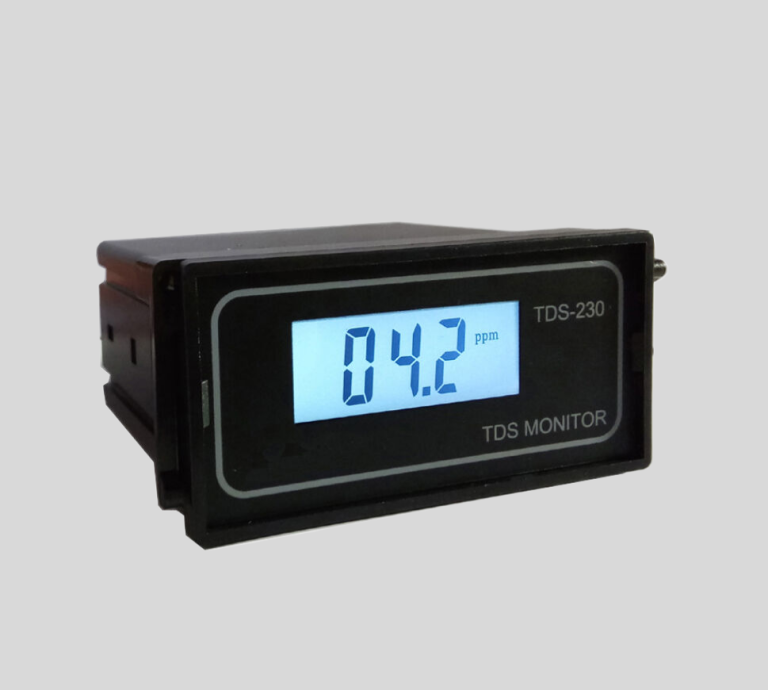“Accurate measurements start with proper calibration.”
Importance of Calibrating Flow Meters
Flow meters are essential devices used in various industries to measure the flow rate of liquids or gases. They play a crucial role in ensuring accurate measurements, which are vital for process control, quality assurance, and regulatory compliance. However, like any other measuring instrument, flow meters need to be calibrated regularly to maintain their accuracy and reliability.
Calibration is the process of comparing the readings of a flow meter against a known standard to determine its accuracy. It involves adjusting the meter if necessary to ensure that it provides accurate and consistent measurements. Calibration is essential because flow meters can drift over time due to factors such as wear and tear, environmental conditions, or changes in the fluid being measured. Without regular calibration, flow meters can produce inaccurate readings, leading to costly errors and potential safety hazards.
One of the main reasons why flow meters need to be calibrated is to ensure the accuracy of the measurements they provide. Inaccurate flow measurements can result in product quality issues, process inefficiencies, and financial losses. For example, in industries such as oil and gas, pharmaceuticals, or food and beverage, even a small deviation in flow measurement can have significant consequences. By calibrating flow meters regularly, companies can ensure that their processes are running smoothly and efficiently.
| Product name | PH/ORP-6900 pH/ORP transmitter controller | ||
| Measurement parameter | Measurement Range | Resolution ratio | Accuracy |
| pH | 0.00~14.00 | 0.01 | ±0.1 |
| ORP | (-1999~+1999)mV | 1mV | ±5mV(electric meter) |
| Temperature | (0.0~100.0)℃ | 0.1℃ | ±0.5℃ |
| Temperature range of Tested solution | (0.0~100.0)℃ | ||
| Temperature component | Pt1000 thermal element | ||
| (4~20)mA Current output | Channel No. | 2 Channels | |
| Technical characteristics | Isolated, fully adjustable, reverse, configurable, instrument / transmitting dual mode | ||
| Loop resistance | 400Ω(Max),DC 24V | ||
| Transmission accuracy | ±0.1mA | ||
| Control contact1 | Channel No | 2 Channels | |
| Electric contact | Semiconductor photoelectric switch | ||
| Programmable | Each channel can be programmed and point to (temperature, pH/ORP, time) | ||
| Technical characteristics | Presetting of normally open / normally closed state / pulse /PID regulation | ||
| Load capacity | 50mA(Max)AC/DC 30V | ||
| Control contact2 | Channel No. | 1 Channel | |
| Electric contact | Relay | ||
| Programmable | Each channel can be programmed and point to (temperature, pH/ORP) | ||
| Technical characteristics | Presetting of normally open / normally closed state / pulse /PID regulation | ||
| Load capacity | 3AAC277V / 3A DC30V | ||
| Data communication | RS485, MODBUS standard protocol | ||
| Working power supply | AC220V±10% | ||
| Overall power consumption | <9W | ||
| Working environment | Temperature: (0~50) ℃ Relative humidity: ≤ 85% (non condensing) | ||
| Storage environment | Temperature: (-20~60) C Relative humidity: ≤ 85% (non condensing) | ||
| Protection level | IP65 | ||
| Shape size | 220mm×165mm×60mm (H×W×D) | ||
| Fixed mode | Wall hanging type | ||
| EMC | Level 3 | ||
Calibration also helps to maintain the reliability of flow meters. Over time, components of a flow meter can wear out or become damaged, affecting its performance. Regular calibration can help to identify any issues with the meter and address them before they lead to more significant problems. By detecting and correcting any deviations in measurement accuracy early on, companies can prevent costly downtime and equipment failures.
| Product name | pH/ORP-8500A transmitter controller | ||
| Measurement parameter | Measurement Range | Resolution ratio | Accuracy |
| pH | 0.00~14.00 | 0.01 | ±0.1 |
| ORP | (-1999~+1999)mV | 1mV | ±5mV(Electric meter) |
| Temperature | (0.0~100.0)℃ | 0.1℃ | ±0.5℃ |
| Temperature range of Tested solution | (0.0~100.0)℃ | ||
| Temperature component | NTC10K thermal element | ||
| (4~20)mA Current output | Channel No. | 2 channels | |
| Technical characteristics | Isolated, fully adjustable, reverse, | ||
| configurable, instrument / transmitting dual mode | |||
| Loop resistance | 400Ω(Max),DC 24V | ||
| Transmission accuracy | ±0.1mA | ||
| Control contact | Channel NO. | 3 Channels | |
| Electric contact | Semiconductor photoelectric switch | ||
| Programmable | Each channel can be programmed and point to (temperature, pH/ORP, time) | ||
| Technical characteristics | Presetting of normally open /normally closed state / pulse /PID regulation | ||
| Load capacity | 50mA(Max)AC/DC 30V | ||
| Data communication | MODBUS, RS485 standard protocol | ||
| Working power supply | DC 24V±4V | ||
| Overall power consumption | <5.5W | ||
| Working environment | Temperature: (0~50) ℃ | ||
| Relative humidity: ≤ 85%RH (non condensing) | |||
| Storage environment | Temperature: (-20~60) ℃ | ||
| Relative humidity: ≤ 85%RH (non condensing) | |||
| Protection level | IP65 (with back cover) | ||
| Shape size | 96mm×96 mm×94mm (H×W×D) | ||
| Opening size | 91mm×91mm(H×W) | ||
| Fixed mode | Panel mounting type quick fixed | ||
Another important reason for calibrating flow meters is to comply with industry standards and regulations. Many industries have strict requirements for the accuracy and reliability of flow measurements, and regular calibration is often a mandatory part of quality assurance programs. Failure to calibrate flow meters can result in non-compliance with regulations, leading to fines, legal issues, or even the shutdown of operations. By staying on top of calibration requirements, companies can ensure that they are meeting industry standards and operating within legal boundaries.
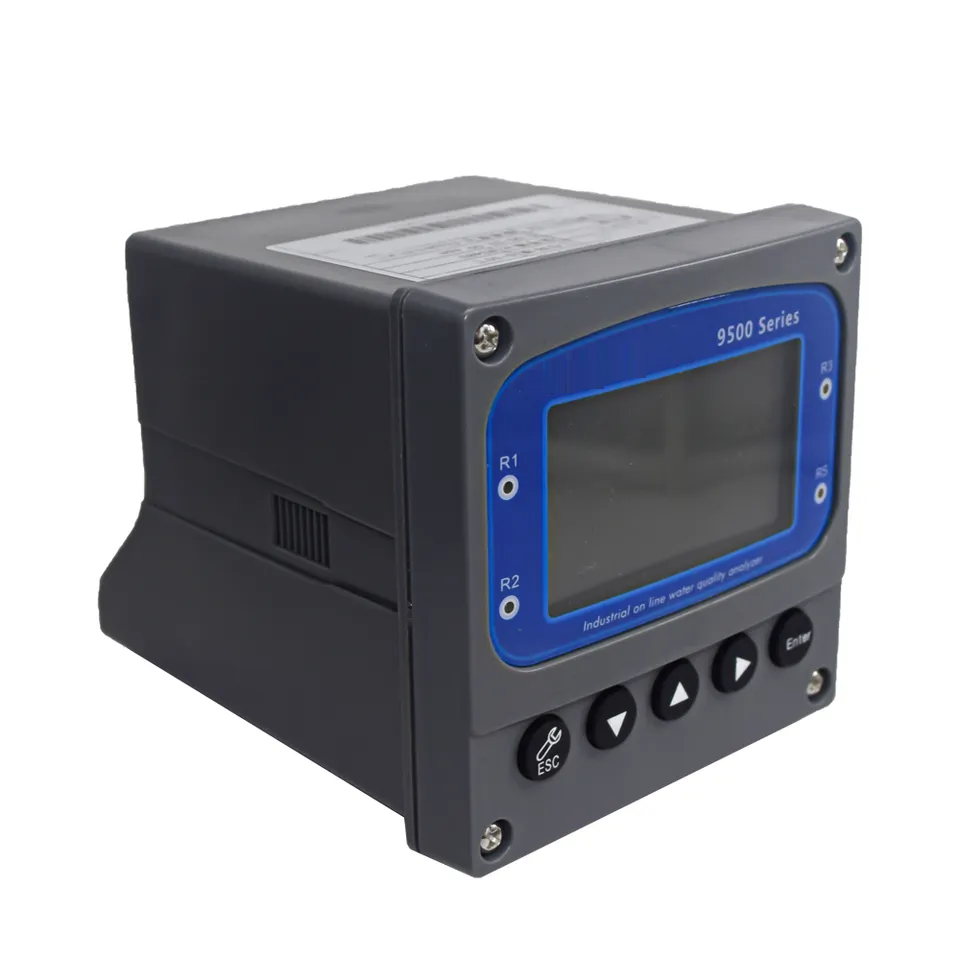
In addition to ensuring accuracy, reliability, and compliance, calibration can also help to optimize the performance of flow meters. By calibrating flow meters regularly, companies can identify opportunities for improvement and make adjustments to enhance their efficiency and effectiveness. For example, calibration data can reveal trends in flow measurements that can be used to optimize processes, reduce waste, or increase productivity. By using calibration as a tool for continuous improvement, companies can stay ahead of the competition and drive innovation in their operations.
